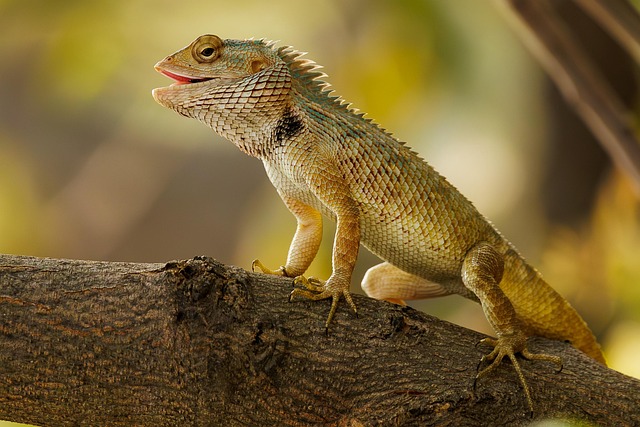
Unveiling the Importance of Body Weight in Reptiles: Insights into Their Natural World
When we think about reptiles, images of sleek lizards basking in the sun or majestic snakes gliding across the ground often come to mind. But beneath the surface of these fascinating creatures lies a crucial aspect that significantly impacts their survival: body weight. Understanding the role of body weight in reptiles sheds light on their remarkable adaptations in the natural world.
In the wild, a reptile’s body weight is not merely a number; it’s a reflection of its survival strategy. From the smallest gecko to the largest crocodile, body weight influences mobility, predation, and even reproduction. For instance, a heavier reptile may have more energy reserves, crucial during periods of food scarcity. This adaptability allows them to thrive in a variety of environments, from arid deserts to lush rainforests.
Consider the agile chameleon, with its lightweight body that aids in swift movements and remarkable camouflage. This adaptability is critical for evading predators and capturing prey. The interplay of body weight and agility showcases the delicate balance reptiles maintain with their environment. On the other hand, larger reptiles like the Asian water monitor have developed significant muscle mass and weight, allowing them to dominate their ecosystems, both as predators and as prey.
Moreover, body weight also plays a pivotal role in the reproductive strategies of reptiles. For many species, larger females generally produce more eggs, contributing to the continuation of their lineage. This aspect emphasizes the importance of nurturing a healthy body weight, especially in habitats where resources may fluctuate. The connection between body weight and reproductive success is yet another testament to how intricately these creatures are woven into the fabric of nature.
Temperature regulation is another fascinating aspect linked to body weight. Reptiles are ectothermic, meaning they rely on external environmental temperatures to regulate their body heat. A heavier reptile might retain heat longer than a smaller counterpart, affecting its activity levels and behavior. This relationship between body weight and thermoregulation highlights the evolutionary adaptations reptiles have made to thrive in diverse climatic conditions.
As stewards of nature, understanding the significance of body weight in reptiles not only enhances our appreciation of their biological intricacies but empowers us to advocate for their conservation. The delicate balance of ecosystems relies heavily on these creatures, and by recognizing the importance of their physical attributes, we can better understand the challenges they face in a rapidly changing world.
In essence, the story of reptiles—woven through the threads of body weight, adaptation, and environmental interaction—invites us to marvel at the wonders of nature. By delving deeper into the intricacies of their physical characteristics, we uncover the true essence of these extraordinary animals and their indispensable role on our planet.



